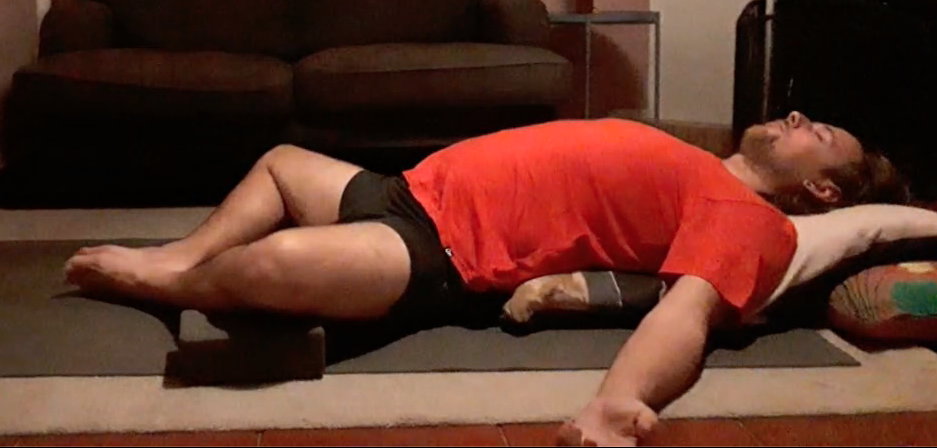My two passions in life, yoga and taking care of people with a mental disability. At some point I figured: why not join those two together? I was working in a residential institution for adults with a mental disability and on the side I was a yoga teacher. And here are some things that I’ve learned from combining the two.
If you are planning to teach yoga to people with a mental disability, there are a couple of things you should be aware of. The next tips will make sure that you’ll give these people an amazing class. And it will build up your self-esteem as well, of course.
The Benefits of Yoga For People With a Mental Disability
First off, we’ll talk a bit about the benefits for people with a mental disability by doing yoga. They are actually very similar to those for people without one, what did you expect, they are also human after all!
The benefits for people with a mental disability will be gradually different though. Their brain and body functions slightly differently than those of people without a disability. Let’s have a look.
#1 More Flexibility
As you know, for regular people yoga has the benefit of gaining more flexibility. And surprise, that’s the same for people with a mental disability. It must be said though that this will appear in a different way than ours.
This is because their body doesn’t exactly show the regular growth of people without a disability. Even though there are people with a disability that actually are more flexible than others, most of them do experience more muscle aches and joint issues.
Of course they will gain more flexibility, it will just go very slowly. Which is already something you need to be aware of when you’ll teach a yoga class to someone with a mental disability.
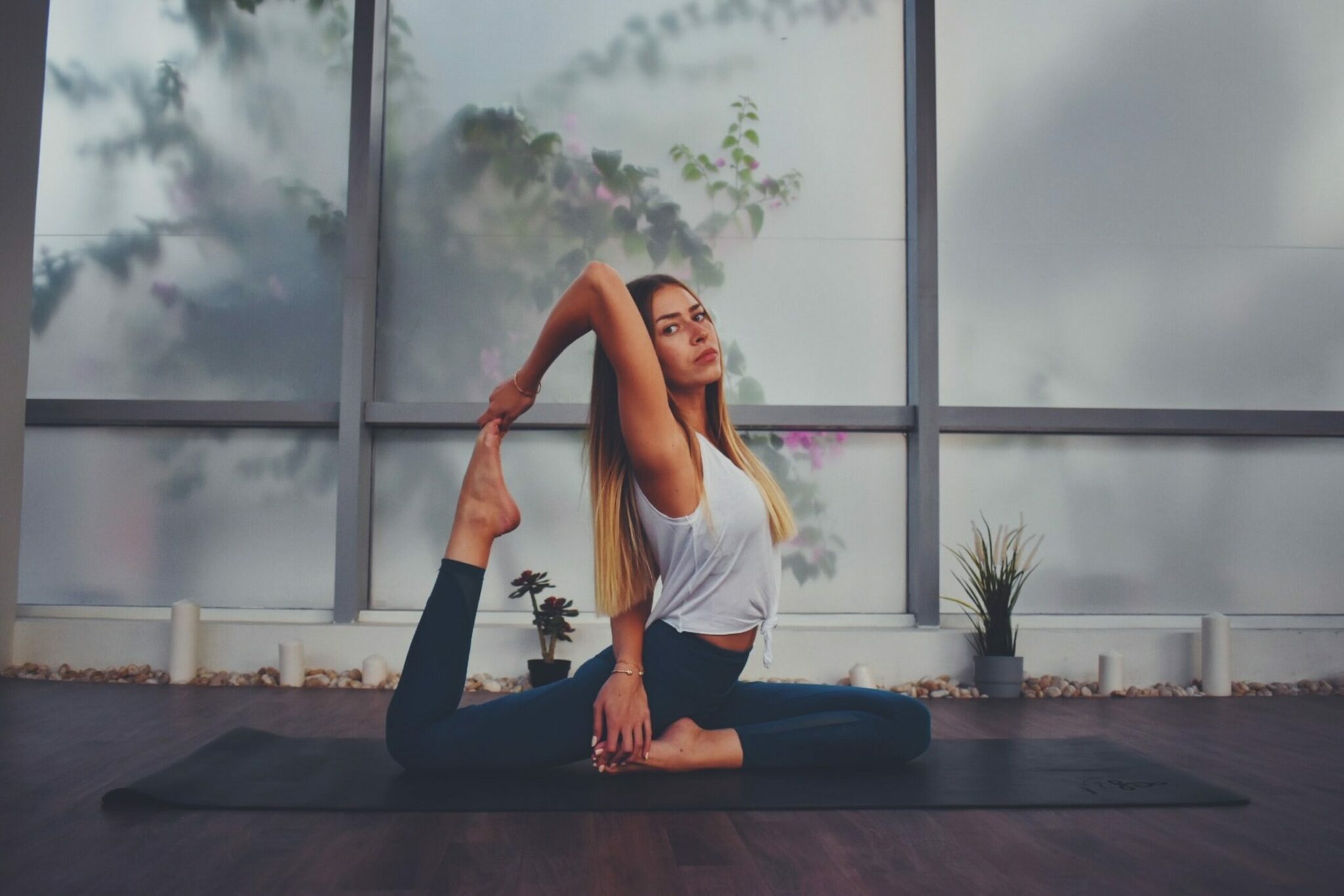
We will talk about this later further down in the article, as you’ll have to be aware of rigidity when teaching your yoga classes.
#2 Helps You Regulate Your Emotions
I often heard the phrase: “People with Down’s syndrome are so cute, they are so happy and care-free.” This is such a big misconception that I’d really like to get this phrase out of this world!
People with a mental disability have the whole spectrum of emotions. They are not just their happiness, which often is even fake because of people telling them what they need to be. I’ve seen it very often that someone with down’s syndrome had a mental breakdown because they always had to be someone they were not.
That said, they often see the world as black and white. Regarding to their emotional growth, which has also been stagnated, they often have a hard time dealing with their emotions.
Yoga will aid in their process to regulate their emotions, but it will be different. You won’t be able to see that the world actually is gray, but you will succeed in them handling their emotions better.

#3 Boosts the Immune System
Yoga gives the immune system a boost as it relaxes the nervous system. Your body won’t be constantly in fight or flight mode, creating a healthier body.

This is the same for people with a mental disability. They are more prone to get diseases as they are often living in institutions where they are living together with 20 other people. Plus they also have their carers, which is probably another 20 people they come in contact with every single day.
Not just that, but also the fact that their body is somehow slower and reacts differently, they are more inclined to catch something. When I was working in an institution we had to go to the doctor’s office at least 4 times a weak.
Teaching People With a Mental Disability
Now, to the point that you’ve all waited for. How to actually perform a yoga class for people with a mental disability? Truth is that there is not a perfect way. People with a mental disability are all different, like you and me. We all have our likes and dislikes, different ideas, different character, etc. That’s the same for people with a mental disability.
There are a couple of things you can already do in advance though, as planning your yoga classes will be different that you’d usually do.
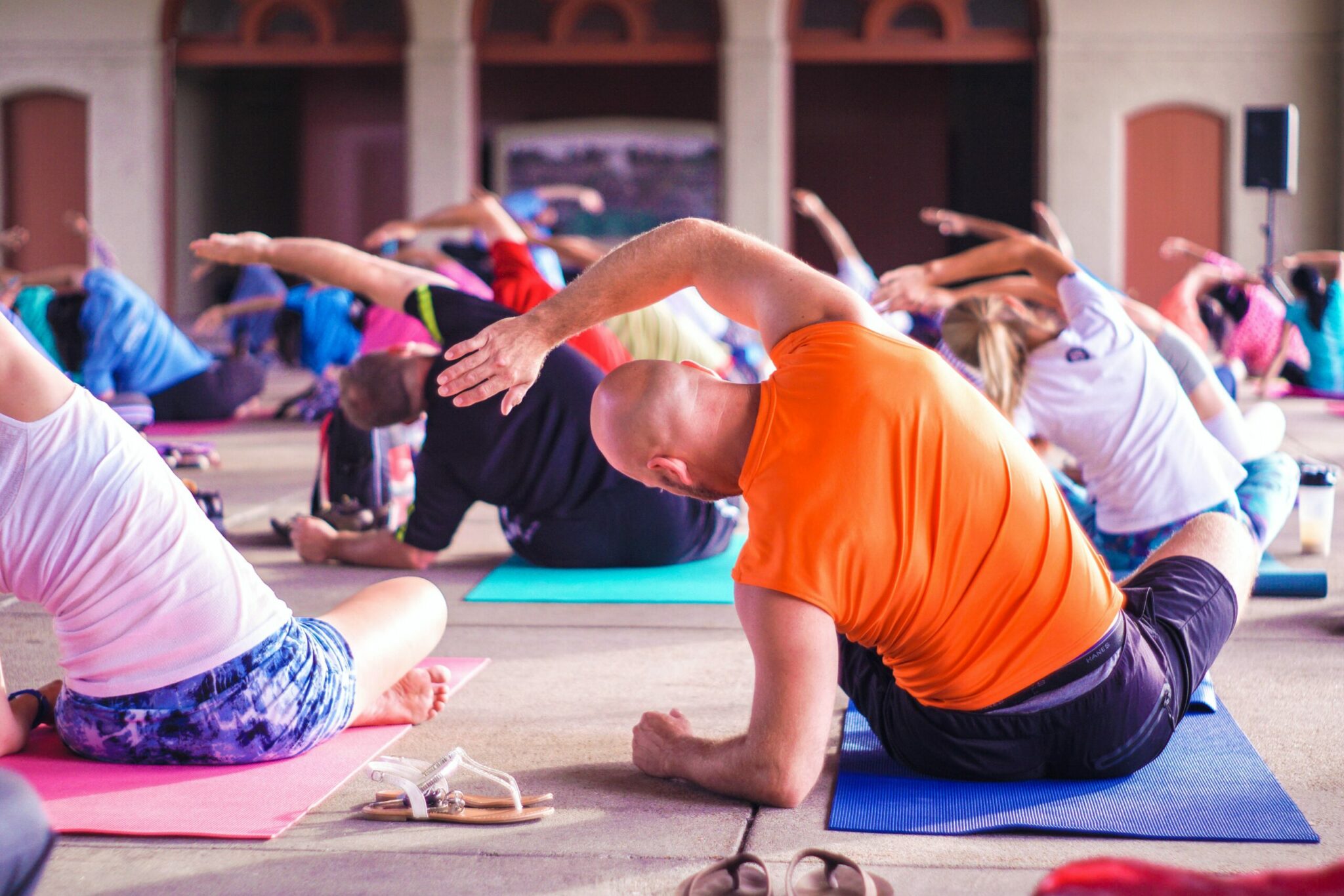
Planning a Yoga Class
#1 Small Classes
You wanna make sure that a yoga class gives some benefits to all of your students. People who are able to listen carefully and comprehend instructions are easy to teach.
People with a mental disability will need more structure and guidance in their process. So make sure that you don’t make the classes too big. Not just for their benefit but also for yours. You don’t want to leave them hanging in one pose for 15 minutes to make sure that you’ve adjusted every single one of them.
I would say that 5 – 10 people would be a nice group size to start off with. Maybe even just 5 if you are just starting to give special classes.
Another great thing is that you can include people with a mental disability in your regular classes. Mix up the group a little and even asks your students to help each other out. This way it’s good for their karma and good for society to normalise people with a mental disability.
#2 Interview your Students
In a regular yoga class you know that people are responsible for their own actions and body. In a yoga class with people with a mental disability, you are the responsible one.

Make sure that before you start teaching your classes, you have a good view of who your students are. Talk to their parents, or let them fill in a questionnaire beforehand.
Ask them about known illnesses or weaknesses, but also strengths and personal traits.
This will make your work easier in the end and it will make sure that your student won’t get hurt.
#3 Do Your Research
There are a thousand of different syndrome out there. We all know down’s syndrome. But do you also know Prader-Willi syndrome? If you don’t, you might need to update your knowledge.
These days you can find almost everything on the internet. So stop watching Netflix and do some research. If you already know Prader-Willi Syndrome, I’ll give you another one: What is Fragile-X syndrome?
Normally I’d proved you with some links already, but this one is on you ;). Let me know your results in the comment section below!
And to answer why it’s important to know these things? Well, it’s easy, all of these syndromes have different characteristics. If you know that a syndrome effects the ability to process spoken words, you’ll likely won’t be talking a lot to that person but rather show them visually.

During a Yoga Class
#1 Visual Ques
Normally you’d talk a lot as a teacher during a class. This is to make sure that people can keep their eyes closed while doing meditation or yoga. This will be a bit different in a yoga class for people with a mental disability.
A lot of different syndromes cause a stagnation or even regression in brain function. Making it quite hard for people with a mental disability to really grasp the words that you are saying.
Making things visual and using uncomplicated sentences are a must. Otherwise your students will end up in cat-pose rather than the downward-facing dog.
#2 Be Careful With Hands-On Adjustments
Bone, joint and muscle disorders occur more often with people with a mental disability. So, be careful when you are trying to push them a little deeper into their pose.
You’v got to make up for yourself how you see this in your yoga classes, but in general I don’t really advice you to do a lot of hands-on adjustments.
Because there is another thing as well. People with a mental disability experience pain in a different kind of way. It might be that their pain receptors are not working properly. Meaning that they might experience a lot of pain or no pain at all.
Resulting that you will hear a lot of screaming just by a single touch, or bruising someone without even knowing.
They’re not all like that, so maybe be aware of this and put it in that nice questionnaire that you are creating for their parents.
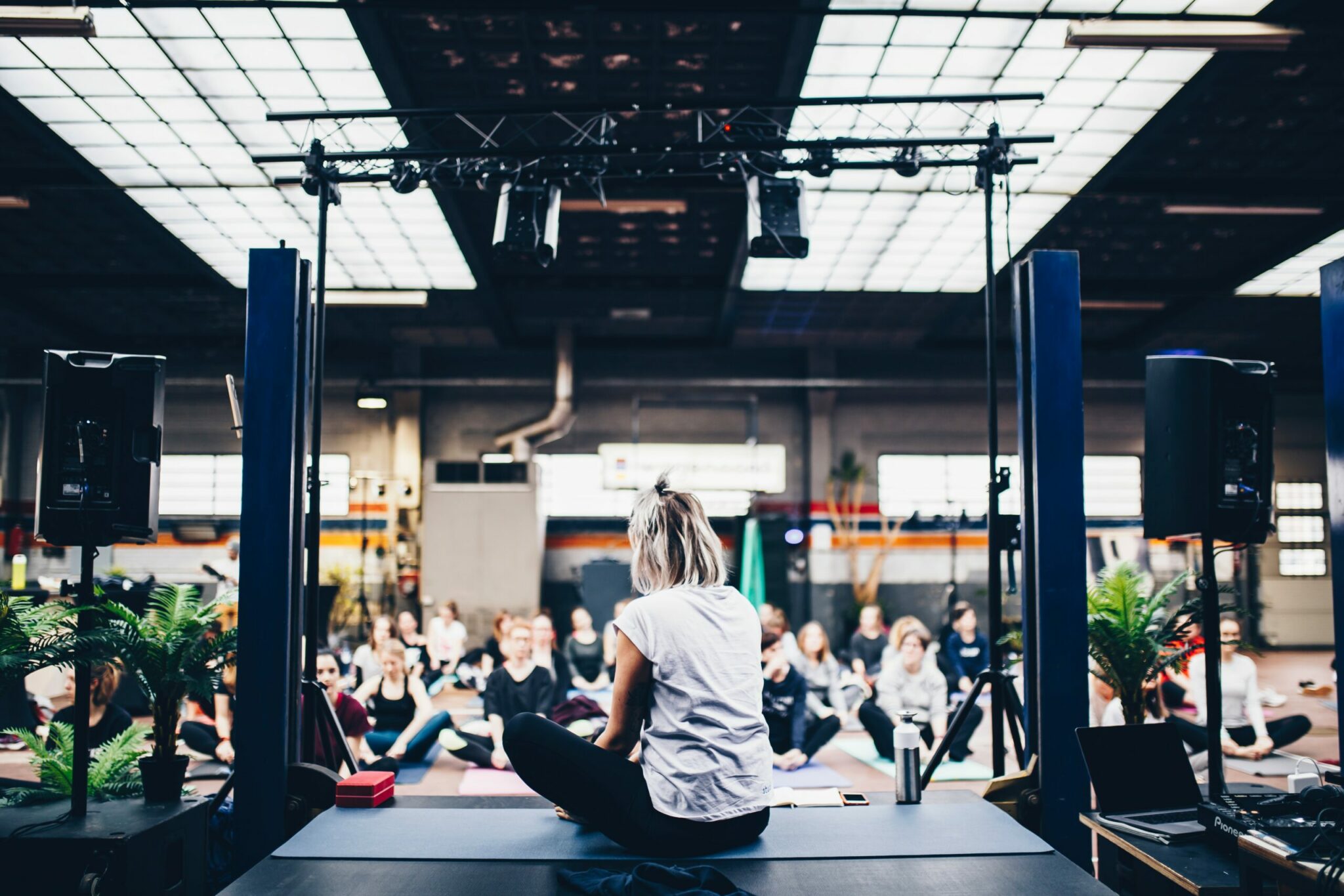
#3 Adjust Yourself to Their Level
As I’ve mentioned before already, people with a mental disability process things in a different way. That also means that you need to be aware what their level of functioning is and to adjust yourself to that.
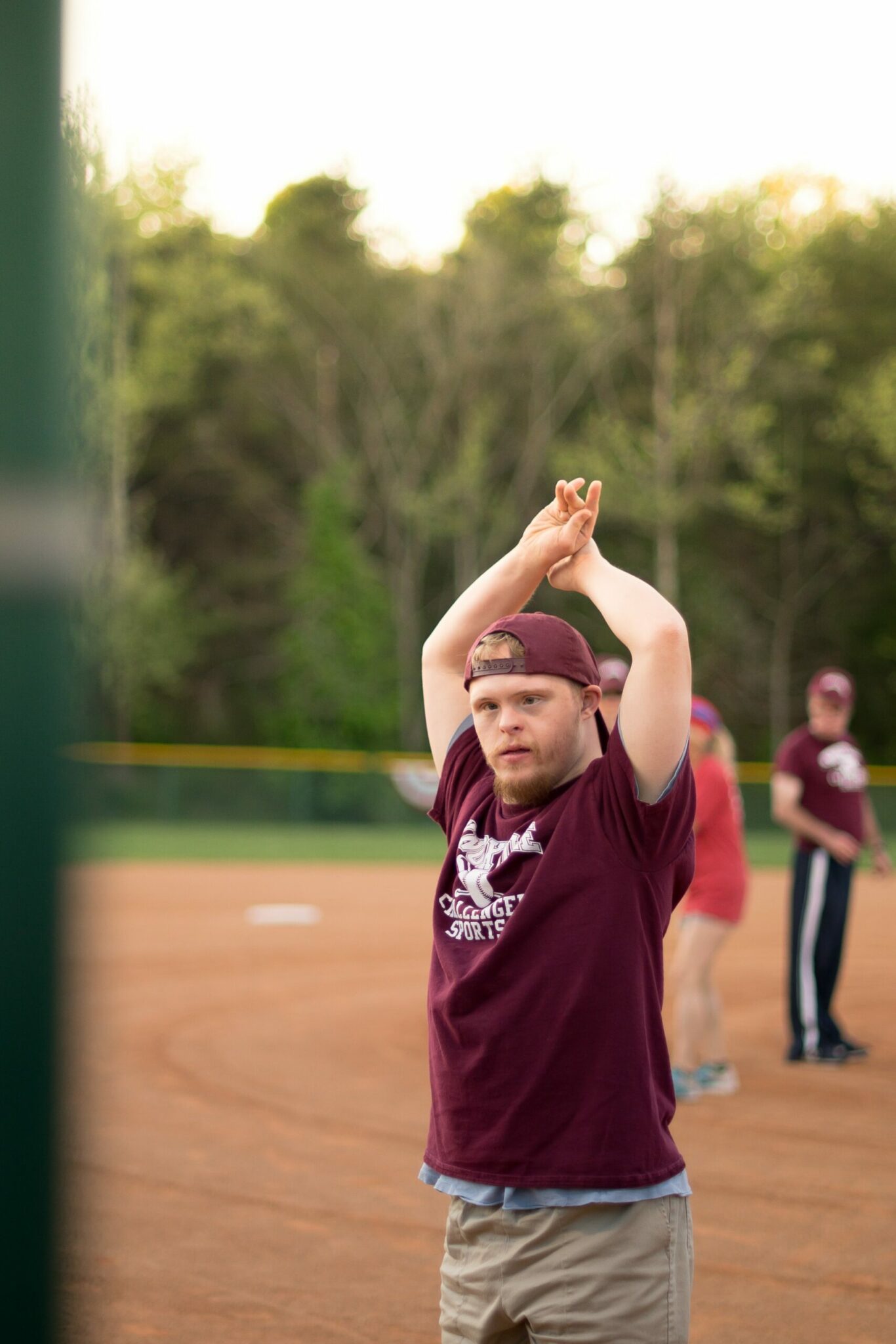
If you always loved to add in some philosophy in your classes, you might need to skip this now.
Check their motivation for doing yoga. A lot of people with a mental disability aren’t making choices for themselves. Whether it’s because they just can’t or because they’ve been so used to the fact that others are making their decisions for them.
This also means that it might be that they ended up at your yoga class because someone said it’d be good for them.
And it will be good for them, you just can’t expect to go really deep into the whole matter of yoga.
This will also affect your teaching as you constantly have to be aware if everyone is actually understanding what you are saying and doing.
It’s like giving a physics lecture to a neurologist. It’s just not their field of interest.
Conclusion
There’s still a lot to write about this subject, but I think we’ve covered the basics for now. I can write a book about it, but that won’t probably be so appealing for easy digestible articles :).
Anyway, if you still have any questions after this, or you need a bit of guidance, be sure to leave a comment down below!
Nama-stay wonderful everyone!



